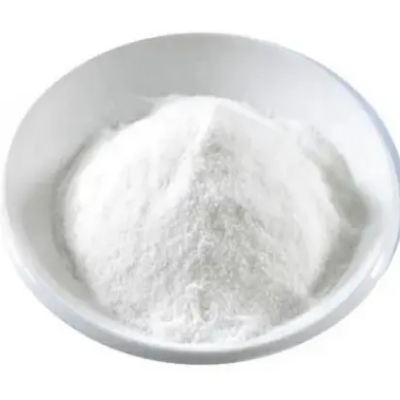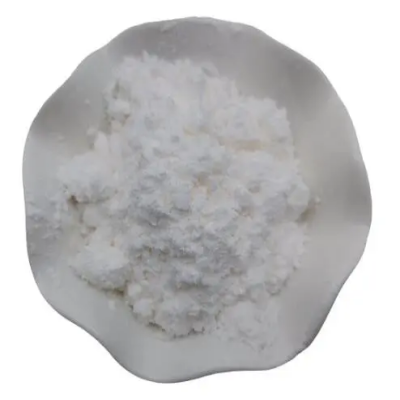Malonic acid CAS:141-82-2
Malonic acid (C3H4O4) is an important dicarboxylic acid characterized by the presence of two carboxyl functional groups (-COOH) on a three-carbon chain. Its systematic name, propane-1,2-dioic acid, reflects its structure, which contributes to its unique chemical properties. Malonic acid appears as a colorless, odorless crystalline solid that is soluble in water, with a slightly tart flavor that is reminiscent of other organic acids. One of the primary uses of malonic acid is in organic synthesis. It acts as a versatile building block for a wide array of chemical compounds. In particular, it is employed in the malonic ester synthesis, a method that allows for the formation of substituted acetic acids through a reaction between malonic acid and various alkyl halides. This process is crucial in the preparation of pharmaceuticals, where malonic acid derivatives serve as key intermediates. In addition to pharmaceutical applications, malonic acid is utilized in the production of agrochemicals, dyes, and perfumes. Its ability to act as a carbon chain extender facilitates the synthesis of complex organic molecules that might be challenging to produce otherwise. Malonic acid also plays a significant role in biochemistry. It participates in the citric acid cycle, serving as a key intermediate that assists in the conversion of carbohydrates, fats, and proteins into usable energy via cellular respiration. Moreover, its buffering capacity makes it useful in maintaining pH stability in biological experiments and processes. While malonic acid is generally considered safe for use in food and pharmaceutical applications, it can cause irritation at high concentrations. Therefore, appropriate handling practices are recommended when working with this compound. In conclusion, malonic acid is a multifunctional compound with extensive applications in organic synthesis, biochemistry, and industrial processes, highlighting its significance in advancing both scientific research and practical applications across various fields.



| Composition | C3H4O4 |
| Assay | 99% |
| Appearance | white powder |
| CAS No. | 141-82-2 |
| Packing | Small and bulk |
| Shelf Life | 2 years |
| Storage | Store in cool and dry area |
| Certification | ISO. |









![2-Methylpyrazolo[1,5-a]pyriMidine-6-carboxylic acid CAS:739364-95-5](https://cdn.globalso.com/xindaobiotech/2WI17RKBWR11PZUDNLH62.png)